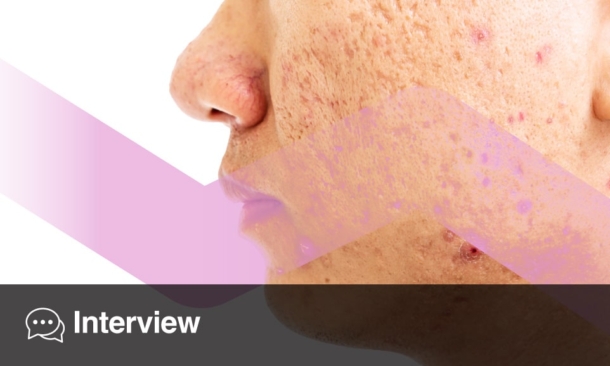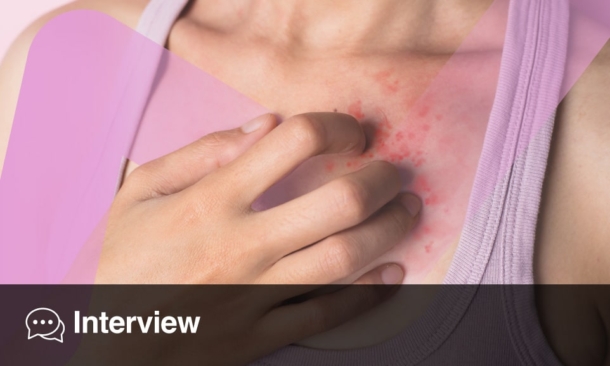BACKGROUND AND AIMS
Generalised eruptive keratoacanthoma of Grzybowski (GEKA) is a rare disease characterised by the sudden appearance of multiple millimetric keratoacanthomas with diffuse distribution, mainly affecting photoexposed areas, face, and intertriginous areas.1-5
The aetiology is unknown, although it has been proposed that it may be related to ultraviolet radiation, chronic inflammatory skin diseases, trauma, drugs, or malignant tumours.1-5
MATERIALS AND METHODS
The authors present the case of a patient with GEKA refractory to multiple treatments, which finally resolved completely after surgical and chemotherapy treatment of gallbladder cancer.
RESULTS
A 55-year-old woman, with no relevant personal history, consulted for pruritic skin lesions that appeared abruptly 1 year previously on the arms and legs (Figure 1).

Figure 1: Multiple millimetric erythematous papules with a keratotic centre, on dorsum of the hand, buttocks, and knees.
Two biopsies were performed, both with result of keratoacanthoma. Neoplasms were ruled out in relation to possible Muir-Torre syndrome by gastroscopy, colonoscopy, ultrasound of the urinary tract, and urine cytology. Finally, it was diagnosed as GEKA according to the criteria of Nofal A et al.4
During 3 years of follow-up, different treatments were performed, all of them without success, including both local (imiquimod, tretinoin, photodynamic therapy) and systemic (isotretinoin, acitretin, methotrexate, erlotinib).
Only 1 month after discontinuation of erlotinib, the patient was admitted to the hospital for acute cholecystitis. A cholecystectomy was performed, and the anatomopathological analysis revealed the presence of a gallbladder adenocarcinoma. The CT extension study showed peritoneal carcinomatosis, which is defined as Stage IVB. Adjuvant chemotherapy with cisplatin plus gemcitabine was started.
Three months after surgery, the patient reported that skin lesions had stopped appearing and that the pruritus had disappeared. In subsequent follow-up visits, a gradual regression of the keratoacanthomas was observed, parallel to the radiological response of the adenocarcinoma.
Due to the later progression of the metastatic disease, the patient received different lines of chemotherapy. In any case, throughout the follow-up during the 4 years after the cancer surgery, a complete response of the keratoacanthomas was maintained at a cutaneous level.
CONCLUSION
To the authors’ knowledge, this is the first described case of GEKA associated with gallbladder cancer, as well as the first case of GEKA associated with a malignant tumour with complete remission after treatment of the primary neoplasm.







